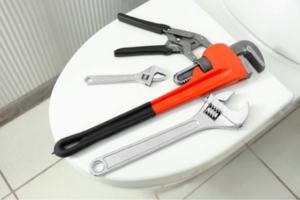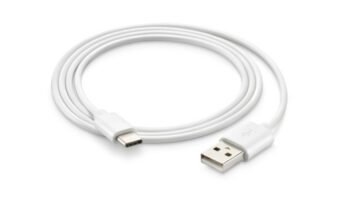We usually don’t pay much attention to our toilet seats, which ends up being the cause of several infections and diseases. While it is crucial to clean the toilet seat regularly to maintain hygiene, it is also necessary to replace it from time to time because it carries a lot of germs, and a worn-out toilet seat can cause a lot of discomfort. However, you don’t really need to call a professional to change your toilet seat. You can do it yourself, too! In this article, we are going to provide a step-by-step guide on replacing toilet seats and installing new ones.
When to replace a toilet seat?
There are lots of signs to know that your toilet seat needs replacement. For example, if there is visible wear and tear, discolouration of the seat, dislocation or breakage, you should probably replace it as soon as possible.
Replacing toilet seats: The process
Necessary tools
Before you start with the toilet seat replacement process, here is a list of necessary tools that you should collect:
- New toilet seat ( dimensions similar to the previous one)
- Screwdriver and extra screws
- Cleaning supplies such as soap and disinfectant
- Plastic gloves for maintaining hygiene
- Adjustable wrench
- Measuring tape
How to choose the right toilet seat?
Choosing the right toilet seat is very important to ensure comfort. Make sure you measure the toilet bowl and choose a seat that fits perfectly over it. Moreover, there come in lots of shapes, sizes and colours that you can choose according to your aesthetic. They also come with additional features, such as bidet attachments and different types of lids. Make sure to research everything before choosing a toilet seat.
Remove the old toilet seat
Lift the toilet seat and remove the nuts and screws that were securing it in its place. Some seats have screws on their sides, while some have them on their backs, make sure you unscrew all the screws before detaching the toilet seat.
Clean and disinfect
While replacing your toilet seat, you should also clean the toilet bowl thoroughly with the help of a disinfectant. You can use separate wipes to clean everything thoroughly. This is an opportunity for you to clean it properly before the new toilet seat replacement, and people often do not clean their toilet seats.
Install the new toilet seat
The first step towards installing a new toilet seat is to read the manufacturer’s instructions carefully. The process would generally be:
Position the new seat: Make sure the new seat is properly aligned with the toilet bowl.
Attach the fasteners: Attach the toilet seat by making the screws and nuts pass through the mounting holes. Tighten them properly to make sure they don’t fall off later.
Secure the nuts: With the help of an adjustable wrench, tighten the nuts properly, but make sure you don’t end up over-tightening them, as this could damage the porcelain.
Test and adjust
Carefully lower the seat and close it, and observe if it is properly aligned with the toilet bowl. You should also ensure stability by sitting on the seat, and if it feels unstable, you should probably start over and readjust it. You have now successfully replaced your old toilet seat!
FAQs
How often should I replace my toilet seat?
Generally, toilet seats last for years, and you should replace them when there are visible signs of wear and tear.
How do I determine the right size for my toilet seat?
To determine the size of your new toilet seat, you should measure the distance between two mounting holes, and this measurement will give you the right size for your toilet seat.
Can I use old hardware to secure a new toilet seat?
Although you can use the old hardware, it is advised to use a new one because toilet seats are not replaced often and using new hardware ensures longevity.
How do I ensure the longevity of my toilet seat?
To ensure longevity, you should clean the toilet seat regularly, close the seat gently and avoid slamming it down and ensure that the screws are tight in order to maintain stability.
What should I do if my new toilet seat is unstable?
If the replaced toilet seat is unstable, check all the screws and tighten them, as this might be the main cause behind a wobbly toilet seat.
| Got any questions or point of view on our article? We would love to hear from you. Write to our Editor-in-Chief Jhumur Ghosh at jhumur.ghosh1@housing.com |
Housing News Desk is the news desk of leading online real estate portal, Housing.com. Housing News Desk focuses on a variety of topics such as real estate laws, taxes, current news, property trends, home loans, rentals, décor, green homes, home improvement, etc. The main objective of the news desk, is to cover the real estate sector from the perspective of providing information that is useful to the end-user.
Facebook: https://www.facebook.com/housing.com/
Twitter: https://twitter.com/Housing
Email: editor@housing.com












